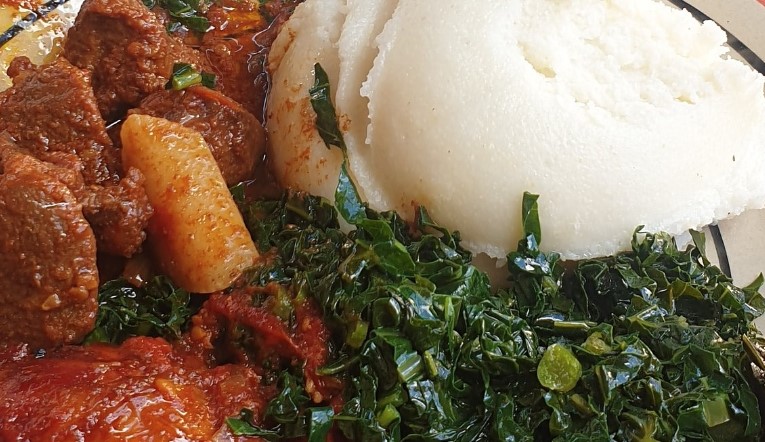Introduction: Zimbabwean Cuisine
Zimbabwean cuisine is a reflection of the country’s diverse ethnic groups, including Shona, Ndebele, and Kalanga. The cuisine is characterized by its use of simple ingredients such as cornmeal, beans, and vegetables, as well as the incorporation of different spices and seasonings. The cuisine is also heavily influenced by neighboring countries such as South Africa, Mozambique, and Zambia.
Traditional Cooking Utensils in Zimbabwe
Zimbabwean cuisine is steeped in tradition, and as such, there are several cooking utensils used in the country that are unique to Zimbabwe. These utensils are made from a variety of materials, including clay, wood, and metal. One of the most popular traditional cooking utensils is the clay pot, known as Chitoto in Shona. The pot is made from locally sourced clay and is used to cook stews, soups, and other dishes. It is believed that cooking in a clay pot enhances the flavor of the food and provides essential nutrients to the body.
The Use of Clay Pots and Griddles
Another traditional cooking utensil used in Zimbabwe is the clay griddle, also known as the sadza plate. The griddle is made from clay and is used to cook the staple food of Zimbabwe, Sadza. Sadza is a porridge-like dish made from cornmeal and water that is cooked over a fire. The griddle is used to cook the Sadza, and it is believed that the clay enhances the flavor of the dish.
Unique Techniques: Smoking and Drying
Apart from the use of traditional cooking utensils, Zimbabwean cuisine also incorporates unique techniques such as smoking and drying. Smoking is a method of preserving meat, fish, and other foods by exposing them to smoke from burning wood or other materials. This technique is used to preserve meat for the winter months when fresh meat is scarce. Drying is another method of preserving food, especially vegetables. The vegetables are sun-dried, and the dried vegetables are used in stews and soups.
The Importance of Locally-Sourced Ingredients
One of the most important aspects of Zimbabwean cuisine is the use of locally sourced ingredients. The country is blessed with a variety of crops such as maize, beans, and sweet potatoes. The use of these ingredients not only supports local farmers but also ensures that the dishes are fresh and of high quality.
Conclusion: Preserving Zimbabwean Culinary Heritage
In conclusion, Zimbabwean cuisine is a reflection of the country’s rich cultural diversity. The use of traditional cooking utensils and unique techniques such as smoking and drying has been a part of Zimbabwean cuisine for centuries. However, the preservation of this culinary heritage is in danger due to the influence of modern cuisine. Therefore, it is essential to preserve Zimbabwean cuisine and its cooking techniques for future generations.

